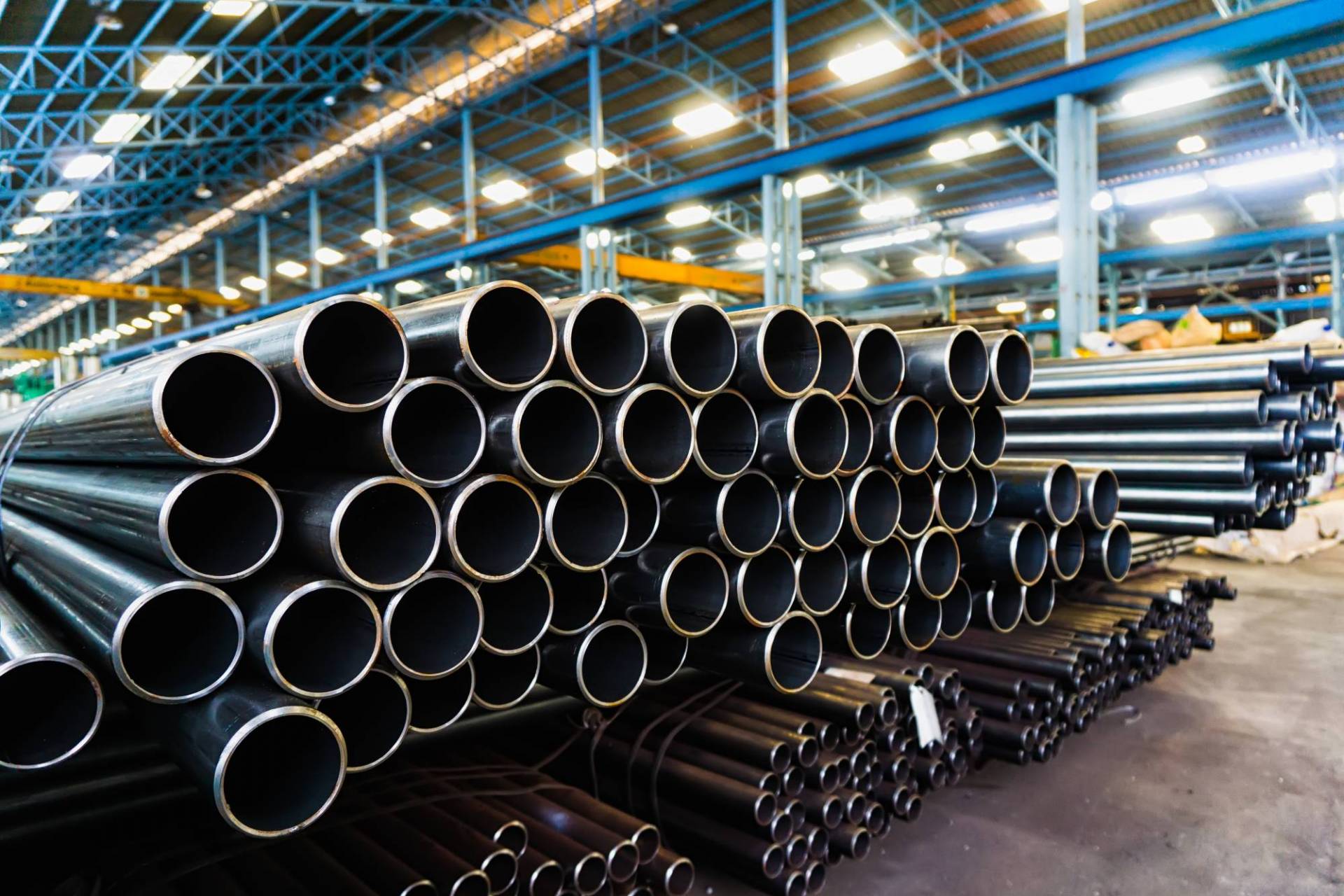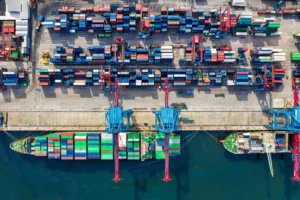In recent times, the steel trading industry has experienced a significant upswing, with a noticeable surge in global demand. This robust expansion is not just a statistical blip but a profound phenomenon that speaks to the enduring relevance and versatility of steel across various sectors.
Driving Forces Behind the Surge:
- Infrastructure Boom: One of the primary catalysts behind the surge in steel trading is the global infrastructure boom. Nations worldwide are investing heavily in infrastructure development, propelling demand for steel in construction projects, bridges, highways, and urbanization initiatives.
- Recovery in Manufacturing: The post-pandemic recovery has witnessed a resurgence in manufacturing activities. Industries such as automotive, machinery, and consumer goods are ramping up production, driving a substantial demand for steel as a foundational material in these sectors.
- Renewed Construction Projects: A renewed focus on construction projects, both residential and commercial, is contributing to the surge in steel trading. Governments and private entities are investing in real estate, leading to an increased requirement for steel in structural frameworks and building materials.
Global Trade Dynamics:
- International Collaboration: The surge in steel trading is fostering increased international collaboration. Steel-producing nations are engaging in cross-border partnerships to meet the rising demand, resulting in a more interconnected and collaborative global steel market.
- Supply Chain Resilience: The disruptions experienced in various supply chains have prompted industries to seek resilient and dependable suppliers. Steel, as a fundamental material in many sectors, is witnessing increased trading as businesses prioritize robust and reliable supply chains.
Impact on Economies:
- Job Creation: The increase in steel trading is contributing to job creation across various sectors, from steel manufacturing plants to construction sites. This positive impact on employment is a significant driver of economic growth.
- Economic Stimulus: The surge in steel trading is acting as an economic stimulus, injecting vitality into industries closely associated with steel. This, in turn, has a cascading effect, fostering economic growth and stability.
Challenges and Opportunities:
- Supply Chain Challenges: Despite the positive trajectory, challenges in the steel trading landscape include supply chain disruptions and price fluctuations. Industry players are navigating these challenges by adopting agile and innovative approaches.
- Technological Integration: The surge in steel trading is also an opportunity for technological integration. From smart manufacturing processes to digitalized supply chain management, embracing technology can enhance efficiency and transparency within the industry.
Conclusion:
The global increase in steel trading is a dynamic phenomenon driven by a confluence of factors ranging from infrastructure development to international collaboration. As the industry adapts to challenges and capitalizes on opportunities, the surge in steel trading is poised to play a pivotal role in shaping the economic landscape and contributing to a sustainable and resilient global economy.




